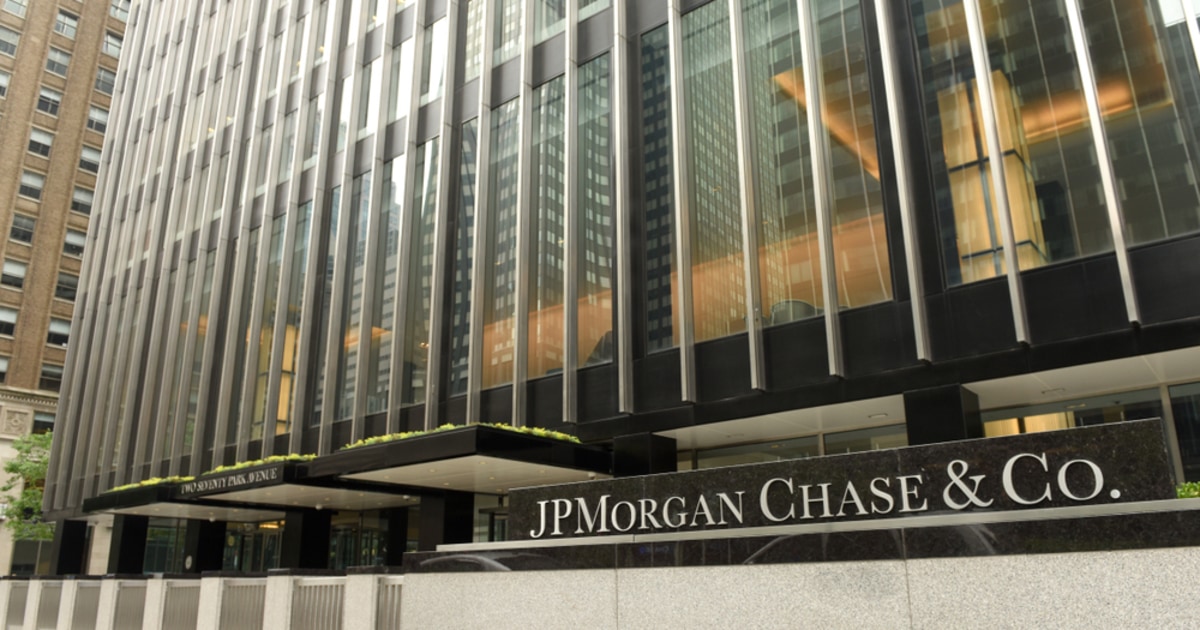FDIC to mandate new signage for digital platforms starting in 2025

The Federal Deposit Insurance Corporation (FDIC) has announced significant changes to its official signage and advertising regulations. This update, the first since 2006, aims to extend the trust and assurance traditionally provided by the FDIC’s physical signage to the rapidly evolving digital banking environment.
New digital signage requirements
Starting in 2025, insured banks will be required to display the new black and navy FDIC official digital sign. This sign must be placed near the bank’s name on all websites and mobile applications. It is also displayed on certain ATMs (Automated Teller Machines). The move marks a significant change from the black and gold signage used since the 1930s and brings the FDIC’s presence in line with modern banking practices.
Strengthening consumer protection
The revised regulations also focus on protecting consumers from misleading information regarding deposit insurance. This includes clear rules against misrepresentation of deposit insurance coverage and misuse of the FDIC name or logo. The new rules are part of a broader effort, including the FDIC’s “Know the Risks, Protect Your Money.” This is a campaign to educate consumers about deposit insurance and financial safety.
Implementation Schedule
The amendments made by this final rule will become effective April 1, 2024, and must be fully compliant by January 1, 2025. These changes reflect the FDIC’s efforts to modernize its approach and maintain public confidence in the banking system.
Adapt to digital transformation
This regulatory update requires banks to make significant changes in the way they display FDIC signs. The shift to a digital-first approach reflects consumers’ growing reliance on online and mobile banking platforms. Banks should incorporate these signage requirements into their digital interfaces to ensure that new FDIC signage is prominently displayed to continue to instill confidence in customers.
Consumer Awareness and Education
This move also highlights the FDIC’s focus on consumer education. By making the FDIC’s presence more visible in the digital space, the organization aims to better inform consumers about the safety of their deposits. This is especially important in an era where digital and non-traditional banking services are on the rise and consumers don’t always know which products are insured and which are not.
For banks, the implementation of these new requirements presents both challenges and opportunities. Adapting to these changes may require investments in updating your digital platforms, but it also presents an opportunity to reaffirm your commitment to customer security and trust. Standardized digital signage across platforms will improve the perception of uniformity and stability in the banking system.
Image source: Shutterstock



